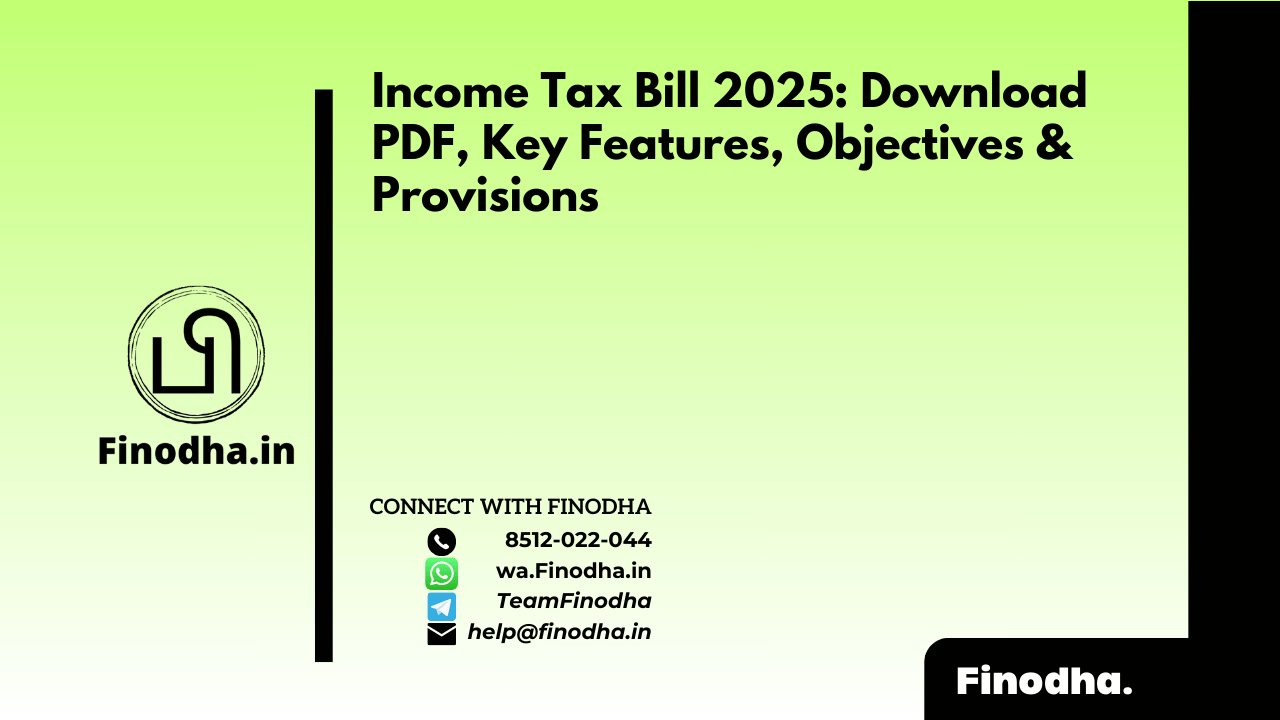Important Keywords: Amortisation, Loan repayment, Intangible assets, Accounting principles, Debt management, Amortisation schedules, Interest and principal, Depreciation, Revenue alignment.
Introduction
Mastering Amortisation: A Simple Guide to Managing Loans and Intangible Assets
Headings:
- What is Amortisation?
- Types of Amortisation
- Understanding Amortisation in Daily Debt Payments
- Calculating Amortisation: The Basics
- Amortisation for Intangible Assets
- Example in the Indian Context
- Key Takeaways
- Conclusion
Sub-headings:
1.1 Definition of Amortisation
2.1 Different Types of Amortisation
3.1 Amortisation in Daily Debt Payments
4.1 The Basics of Calculating Amortisation
5.1 Amortisation for Intangible Assets
6.1 Illustrative Example
7.1 Key Points to Remember
8.1 Final Thoughts on Amortisation
Short Paragraphs:
Amortisation is a financial concept used to gradually reduce the book value of a loan or intangible asset over a specific period. It can be applied in two ways: firstly, in the context of repaying debt through regular payments of principal and interest, such as a mortgage or car loan; and secondly, in the distribution of capital expenses related to intangible assets over their useful life for accounting and tax purposes.
When it comes to repaying debt, amortisation involves making regular payments that consist of both interest and principal. Initially, a larger portion of the payment goes towards interest, while subsequent payments allocate a higher proportion towards reducing the principal balance. Amortisation schedules can be calculated using financial calculators, spreadsheet software, or online tools.
The calculation of amortisation starts with the outstanding loan balance, and the interest charge for each monthly payment is determined by multiplying the interest rate by the remaining loan balance and dividing it by twelve. The principal amount for each month is calculated by subtracting the interest payment from the total monthly payment. The remaining loan balance is then updated by subtracting the principal payment, and the process continues until the loan is fully repaid.
Amortisation for intangible assets follows a similar principle to the depreciation of tangible assets. By spreading the costs of an intangible asset over its useful life, businesses align the expense with the revenue generated in the same accounting period, as per the generally accepted accounting principles (GAAP).
Example
In the Indian Context: Let’s consider a scenario where a person takes out a home loan to purchase their dream house. The loan amount is Rs 50,00,000 with an interest rate of 8% per annum and a loan term of 20 years. Using an amortisation calculator, they can determine the monthly instalment amount, which consists of both principal and interest. Over time, as they make regular payments, a larger portion will go towards reducing the principal balance, gradually decreasing their outstanding loan amount.
Key Takeaways:
- Amortisation involves gradually reducing the book value of a loan or intangible asset over a specific period.
- It can be used to manage daily debt payments, where regular instalments comprise both interest and principal.
- Amortisation schedules calculate the allocation of payments towards interest and principal over time.
- Intangible assets can also be amortised to align expenses with revenue generated in the same accounting period.
- Amortisation helps businesses match the cost of using an asset with the profits it produces.
Conclusion:
Understanding amortisation is crucial for effectively managing loans and intangible assets. By grasping the concept of gradual reduction over time and using tools like amortisation schedules, individuals and businesses can navigate their financial obligations more efficiently. Whether it’s repaying a loan or accounting for intangible assets, amortisation allows for a systematic approach to financial management.
Capital gains (21) CGST (277) Chapter VI-A (15) e-Compliance Portal (21) E-Verify (20) economic growth (21) F&O Trading (29) F.No.354/117/2017-TRU (23) F. No. CBIC-20001/4/2024-GST (15) Financial planning (15) financial stability (17) GST (1424) IGST (222) Income from House Property (17) Income Heads (16) Income Source (14) Income tax (111) Income Tax Account (15) Income Tax Filing (20) Indian context (22) Indian investors (16) ITR-3 (19) ITR Form (20) P&L Statement (24) PAN (13) Risk Management (20) Salary Income (19) Section 7(1) UTGST Act 2017 (14) Section 8(1) UTGST Act 2017 (26) section 9 (18) section 10 (28) section 15 (13) section 25 (17) section 39 (24) section 49 (16) section 50 (16) section 51 (13) Section 52 (16) Section 54 (13) section 73 (20) section 74 (21) SGST (223) Speculative Income (14) Trading Income (33) UTGST (78)
-
Income Tax Bill 2025: Download PDF, Key Features, Objectives & Provisions
-
Advantages of Company | Why Incorporation Is Beneficial
-
What Is Retail Business? | Meaning, Types & Benefits
-
How to Start Transport Business? | Profitable Guide
-
Cost Sheet of Any Company | Format & How to Prepare It
-
Company Incorporation Certificate | What It Is & How to Get It







